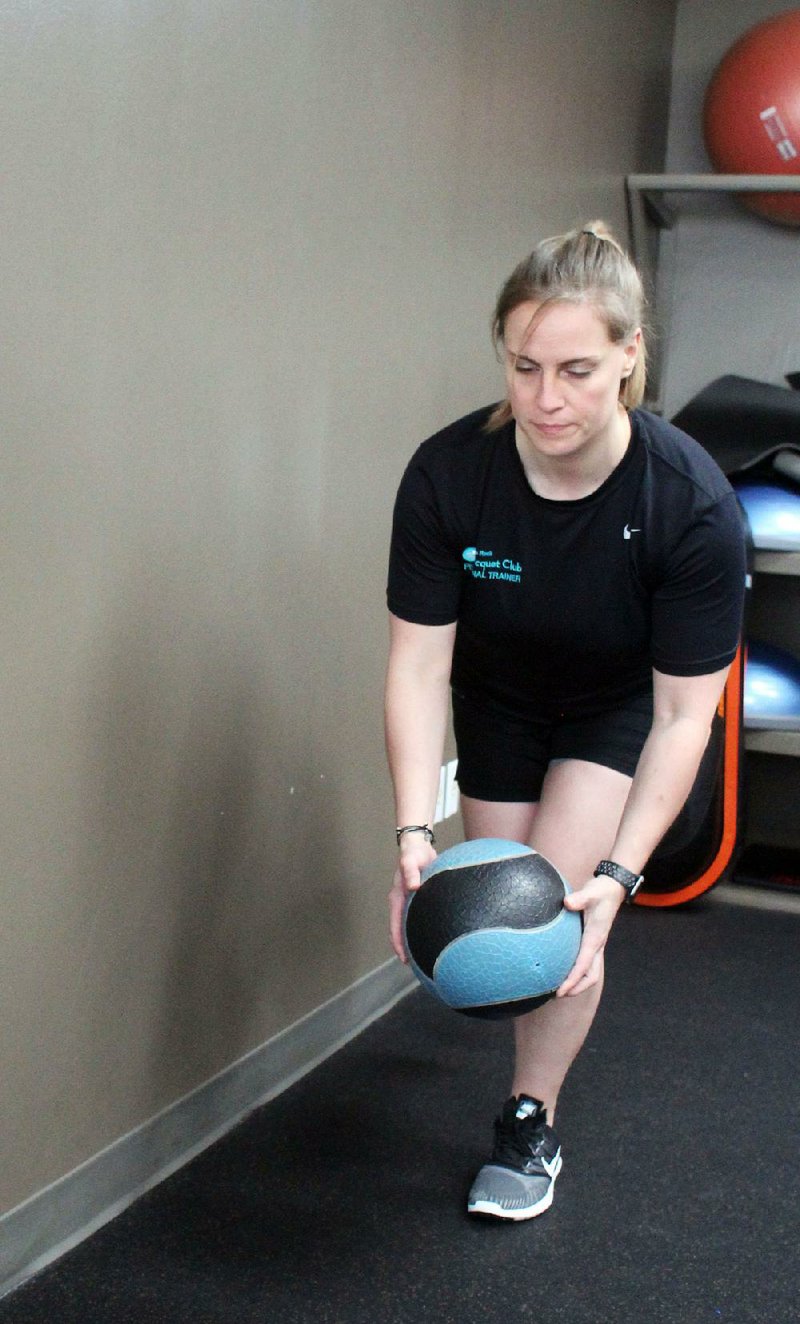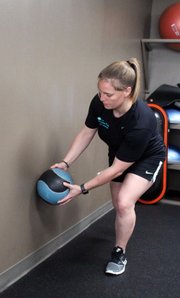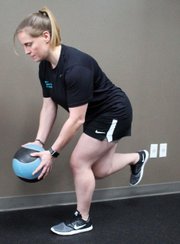Back in 1990, as a lowly freshman on my high school football team, I was introduced to weight training by my coach. He showed us how to bench press, dead lift and squat.
Anything else you wanted to do was fine, as long as you became proficient at those three lifts.
We had a large scoreboard on the weight room wall where our one-repetition maximum numbers were ranked for each exercise, and I remember feeling a sense of pride each time my name moved up a notch.
Form was out the window, it was about hoisting the weight in any way possible.
Looking back on those days, it's hard to imagine how more of us weren't injured during weight training. Our running back held the bench-press record (I believe it was 305 pounds) for more than two years, and his back arched no less than a foot off the bench during his maximum lift attempts.
The squat and dead lift techniques were even worse, as we routinely cheated on both lifts without repercussion.
As I began to study exercise physiology in college, I realized that most of what I'd been taught was either a shortcut to what would otherwise be a correct exercise technique, or just flat wrong. In addition, I had developed some significant muscular imbalances from following an improper exercise program.
It took years to correct these imbalances, with brief stints in physical therapy and lots of rehabilitative training.
I share this story in the hope that it will resonate with parents or grandparents who have children or grandchildren in high school or headed there. Sports are often the portal through which exercise is introduced, and coaches aren't always training young adults with their long-term physical well-being in mind. In some cases, it's just the opposite.
It's not that we all have to be experts, but it's important to ensure that each child has access to accurate information about physical activity. Providing them with access to a degreed, certified personal trainer -- even for a few sessions -- can have a lasting impact that pays dividends for decades.
This week's exercise is not likely to be found in a high school football strength program, but it should be. The Medicine Ball Stork Twist is a great way to develop core strength in a controlled fashion, which is important for athletes and everyone else.
1. Select a medium or heavy medicine ball and stand about two feet from a wall. Your right shoulder should face the wall, and the other shoulder should face away from it.
2. Hold the medicine ball in both hands with your arms outstretched toward the floor.
3. Stand on your left foot and lean forward with your torso while moving the right foot behind you. The right foot should not be touching the floor. This one-footed leaning forward position is where you start the exercise.
4. Slowly twist to the right with your arms outstretched until you touch the wall with the medicine ball.
5. Hold it there one or two seconds, then slowly move back to the start without losing your balance.
6.Continue this for 10 repetitions, switch sides and repeat.
Such a controlled movement is perfect for core training as it lengthens the time under contraction for the target muscles. Moving slowly forces the core muscles to work together with sustained effort to achieve the end goal -- kind of like a football team. Enjoy!
Matt Parrott has a doctorate in education (sport studies) and a master's in kinesiology and is certified by the American College of Sports Medicine.
vballtop@aol.com
ActiveStyle on 03/19/2018


